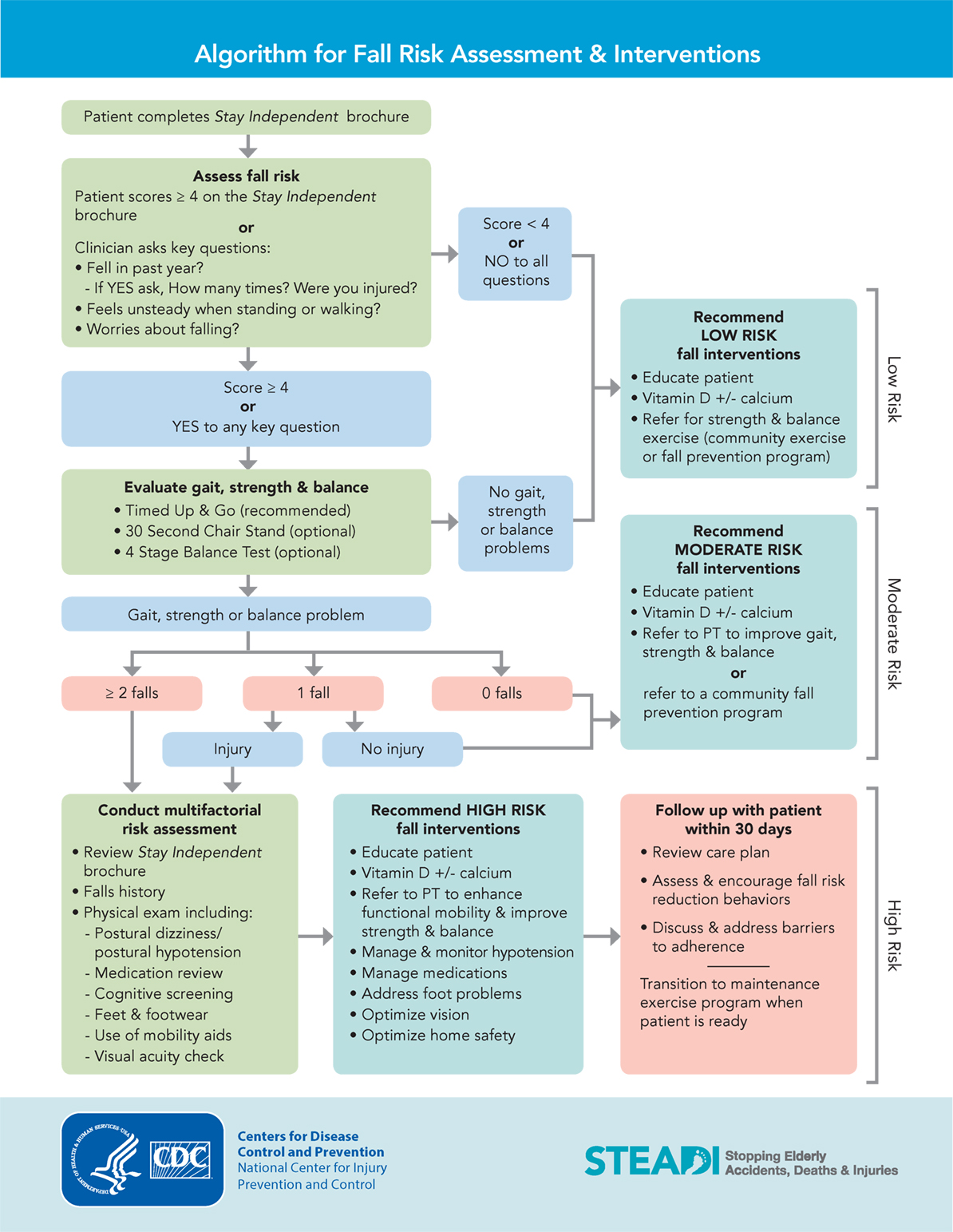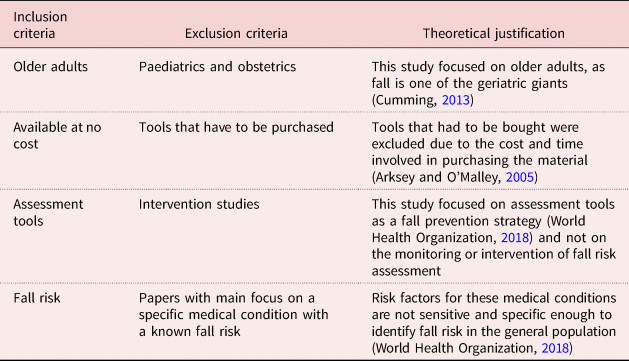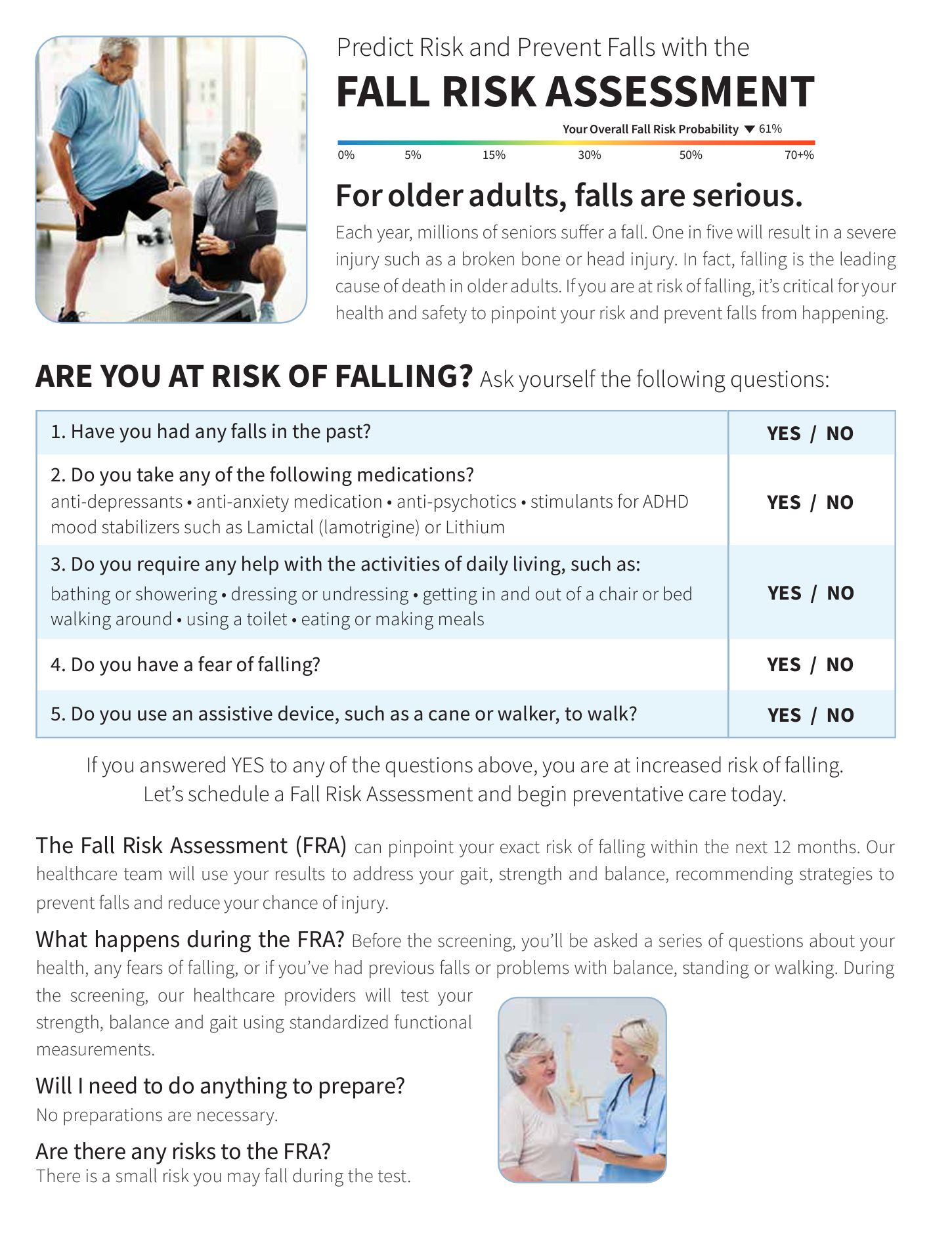Dementia Fall Risk for Beginners
Table of ContentsThe Ultimate Guide To Dementia Fall RiskA Biased View of Dementia Fall RiskThe Basic Principles Of Dementia Fall Risk The Buzz on Dementia Fall Risk
A loss threat evaluation checks to see how likely it is that you will drop. It is primarily done for older grownups. The evaluation typically consists of: This includes a collection of concerns concerning your overall health and wellness and if you have actually had previous falls or issues with balance, standing, and/or strolling. These devices evaluate your strength, balance, and stride (the means you walk).Interventions are suggestions that may minimize your danger of falling. STEADI consists of three actions: you for your danger of falling for your danger aspects that can be improved to attempt to prevent drops (for example, balance problems, damaged vision) to decrease your risk of dropping by utilizing efficient methods (for example, giving education and learning and sources), you may be asked a number of questions including: Have you fallen in the previous year? Are you worried regarding falling?
You'll rest down once again. Your service provider will check for how long it takes you to do this. If it takes you 12 secs or more, it may mean you are at greater threat for an autumn. This test checks strength and balance. You'll rest in a chair with your arms crossed over your upper body.
Relocate one foot midway forward, so the instep is touching the huge toe of your various other foot. Relocate one foot fully in front of the other, so the toes are touching the heel of your various other foot.
The Definitive Guide to Dementia Fall Risk
Most falls happen as a result of multiple adding variables; consequently, taking care of the threat of dropping begins with determining the elements that add to drop danger - Dementia Fall Risk. A few of the most pertinent threat aspects consist of: History of prior fallsChronic clinical conditionsAcute illnessImpaired gait and equilibrium, reduced extremity weaknessCognitive impairmentChanges in visionCertain high-risk medications and polypharmacyEnvironmental variables can additionally boost the danger for falls, including: Poor lightingUneven or harmed flooringWet or slippery floorsMissing or damaged hand rails and get barsDamaged or poorly equipped equipment, such as beds, mobility devices, or walkersImproper use assistive devicesInadequate supervision of individuals residing in the NF, consisting of those who show hostile behaviorsA effective fall threat administration program requires a comprehensive clinical evaluation, with input from all members of the interdisciplinary team

The care strategy should also consist of interventions that are system-based, such as those that advertise a safe environment (suitable lighting, hand rails, grab bars, and so on). The efficiency of the interventions must be assessed regularly, and the treatment plan revised as essential to reflect adjustments in the loss threat evaluation. Applying a fall threat management system making use of evidence-based best method can reduce the occurrence of drops in the NF, while restricting the capacity for fall-related injuries.
The Facts About Dementia Fall Risk Uncovered
The AGS/BGS standard advises screening all grownups matured 65 years and older for fall risk yearly. This screening includes asking individuals whether they have actually dropped 2 or even more times in the past year here or sought medical interest for a loss, or, if they have actually not dropped, whether they feel unsteady when walking.
People who have fallen once without injury must have their equilibrium and stride reviewed; those with gait or balance irregularities should obtain added analysis. A background of 1 loss without injury and without stride or equilibrium issues does not necessitate more analysis beyond continued annual fall threat screening. Dementia Fall Risk. An autumn danger evaluation is needed as part of the Welcome to Medicare assessment

The Ultimate Guide To Dementia Fall Risk
Recording a falls background is among the top quality signs for fall prevention and administration. A crucial component of risk analysis is a medication evaluation. Numerous classes of medicines raise fall danger (Table 2). Psychoactive medications specifically are independent predictors of falls. These medicines have a tendency to be sedating, modify the sensorium, and harm equilibrium and stride.
Postural hypotension can often be alleviated by reducing the dosage of blood pressurelowering drugs and/or quiting medicines that have orthostatic hypotension as an adverse effects. Usage of above-the-knee support hose pipe and copulating the head of the bed elevated content might also lower postural reductions in high blood pressure. The preferred elements of a fall-focused physical exam are displayed in Box 1.

A Yank time greater than or equivalent to 12 seconds suggests high fall danger. Being incapable Recommended Site to stand up from a chair of knee height without utilizing one's arms indicates increased fall danger.
Comments on “Some Known Details About Dementia Fall Risk”